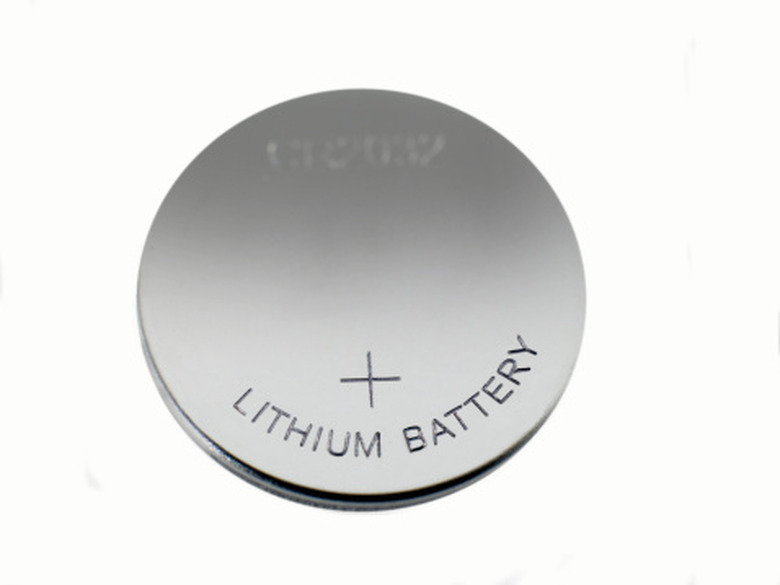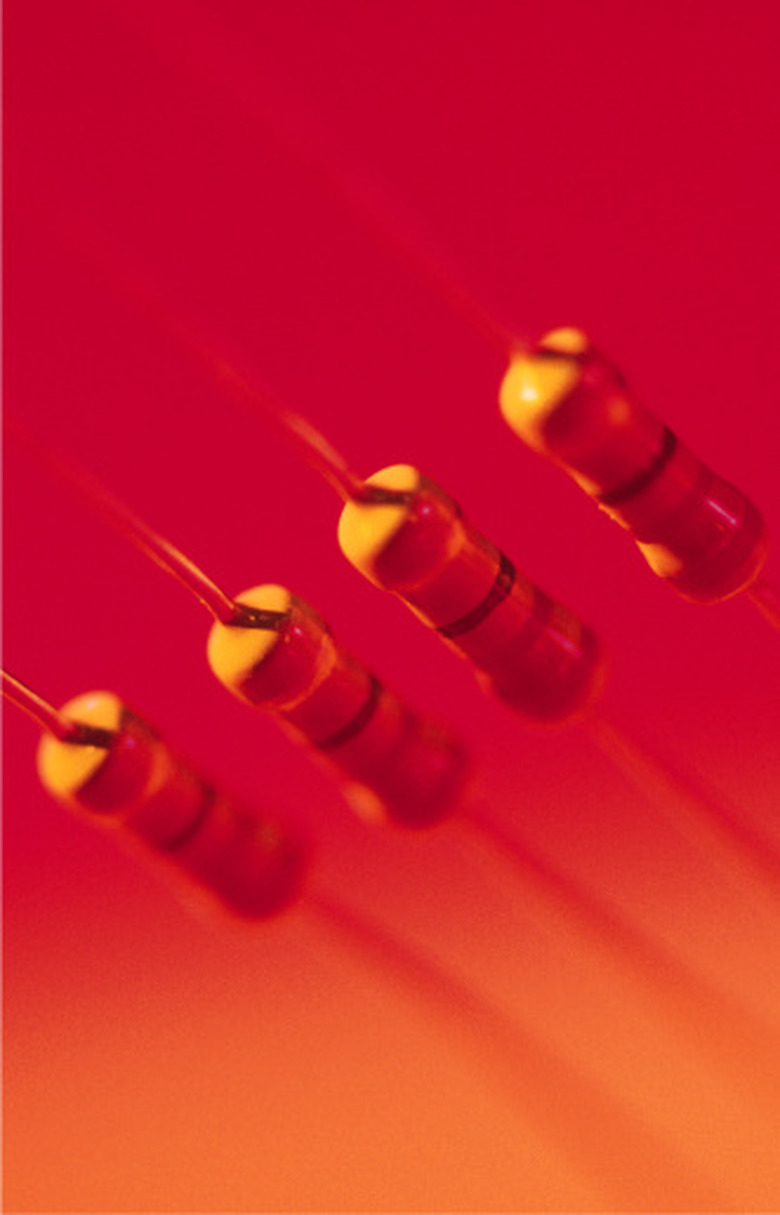How To Make A LED Into A Laser Pointer
A light-emitting diode (LED) and a semiconductor laser both generate light in the interface region between two different types of semiconductor materials. The energy of the light for both LEDs and lasers is determined by the composition of the semiconductor. The LED and laser emit light in a relatively narrow range of wavelengths. However, lasers put all their energy in a single wavelength, which emits from a tiny spot. LEDs spread the energy over more wavelengths and send that light from a larger spot into wide cone.
Step 1
Select a LED wavelength near the peak of the visual response of the eye. The human eye is not equally sensitive to all wavelengths, as the eye peaks at a yellowish-green wavelength of about 560 nm (billionths of a meter). A LED near that wavelength region will create a brighter spot.
Step 2
Find an LED in the desired wavelength with at least a few milliwatts of output power, say three or more. Read the specification sheet and find the electrical requirements, in particular the forward voltage, and the operating current. For example, a typical LED might have an operating current of 20 mA and a forward voltage of 2 V.
Step 3
Select a watch battery or batteries to supply the needed voltage. For example, use a lithium cell with a voltage of 3 volts.
Step 4
Calculate the size of a current limiting resistor. The right resistor is given by the equation: R = (supply voltage – LED forward voltage) / (operating current).
In the example, R = (3 – 2) / .020 = 50 ohms.
Step 5
Calculate the diameter of the lens—something that fits within the diameter of the holder. Select a focal length equal to the diameter of the lens. Because the LED spreads light in a wide angle, to capture as much light as possible the lens should have the shortest realistic focal length—which is equal to the diameter of the lens.
A reasonable diameter for a pointer would be one half inch, so the lens could be a 10 mm diameter/10 mm focal length lens.
Step 6
Wire the LED circuit, connecting the LED with the resistor and battery through the switch.
Step 7
Place the assembled circuit in the holder, bonding, crimping or soldering the LED in place.
Step 8
Put the lens in the barrel and adjust the position to create the smallest spot at the desired distance. Bond the lens with epoxy or RTV.
Things Needed
- LED
- Hollow cylindrical holder
- Battery
- Resistor
- Lens
- Switch
- Epoxy or silicon RTV
Cite This Article
MLA
Gaughan, Richard. "How To Make A LED Into A Laser Pointer" sciencing.com, https://www.sciencing.com/make-led-laser-pointer-8469839/. 24 April 2017.
APA
Gaughan, Richard. (2017, April 24). How To Make A LED Into A Laser Pointer. sciencing.com. Retrieved from https://www.sciencing.com/make-led-laser-pointer-8469839/
Chicago
Gaughan, Richard. How To Make A LED Into A Laser Pointer last modified March 24, 2022. https://www.sciencing.com/make-led-laser-pointer-8469839/


